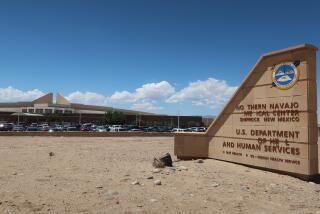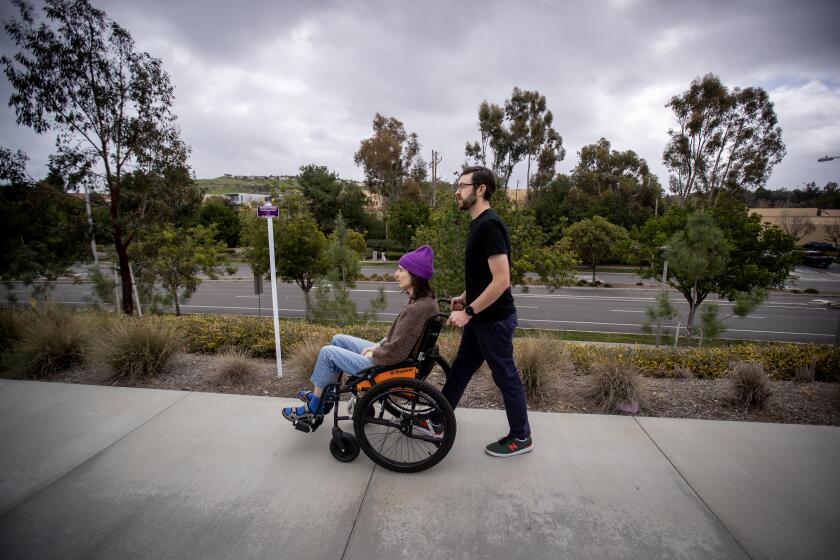Diabetes belt: American South gets more health notoriety
First, we had the “stroke belt,” a swath of the American South characterized by those with unmanaged high blood pressure and a sedentary lifestyle. Then, we got the “obesity belt,” a portion of Southern geography inhabited by a number of folks with elevated cardiovascular disease as well as a sedentary lifestyle.
Now, researchers from the Centers for Disease Control and Prevention have brought us the “diabetes belt,” a county-by-county census of patients with type-2 diabetes. This swath of obesity and sedentary lifestyle also girds the American South, stretching down the southeastern seaboard, ‘round the silty Mississippi Delta and following the Appalachian Mountains north across Tennessee, Kentucky and West Virginia. It lessens just inside the borders of Ohio and Pennsylvania.
In the West, the diabetes census finds hot spots in Native American territories of Arizona, New Mexico and Montana, as well as in Nevada’s Mineral County, and the southwestern corner of Washington.
The study is published Tuesday in the American Journal of Preventive Medicine.
By no coincidence, there is considerable overlap among these three belts. Much of its is simple demographics: Ethnicity and age are key factors in a person’s risk of developing diabetes. African Americans, who are clustered densely inside the diabetes belt, appear to be predisposed to diabetes and metabolic disturbances, as are American Indians, who largely account for pockets of diabetes scattered throughout the Western states. (Curiously, although Latino descent is considered a risk factor for type-2 diabetes, the map shows little overlap between Latino population clusters and places where the incidence of diabetes is very high.)
But behavior matters too. Two “modifiable risk factors” for diabetes -- obesity and sedentary behavior -- account for 30% of the difference between counties with a normal or near-normal rate of type-2 diabetes (8.5% of adults) and those with an unusually high rates of diabetes (where roughly 11.7% of adults suffer from the disease). Public health officials should consider “culturally appropriate interventions to decrease obesity and sedentary lifestyle” in the counties of the diabetes belt, the authors urged.
Noting that much of the diabetes belt stretches across areas that were once primarily agricultural, the authors of the study surmise that “people in the diabetes belt might have continued to consume a high-calorie diet, appropriate for agricultural labor, after the need for this increased consumption had passed.”
The overlap among the stroke, obesity and diabetes belts is not exact, however, and the difference could point to other factors at work in this trio of health threats. Much of West Virginia lies within the diabetes belt, but not in the stoke belt. Indiana is part of the stroke belt, but none of its counties fall in the diabetes belt.







